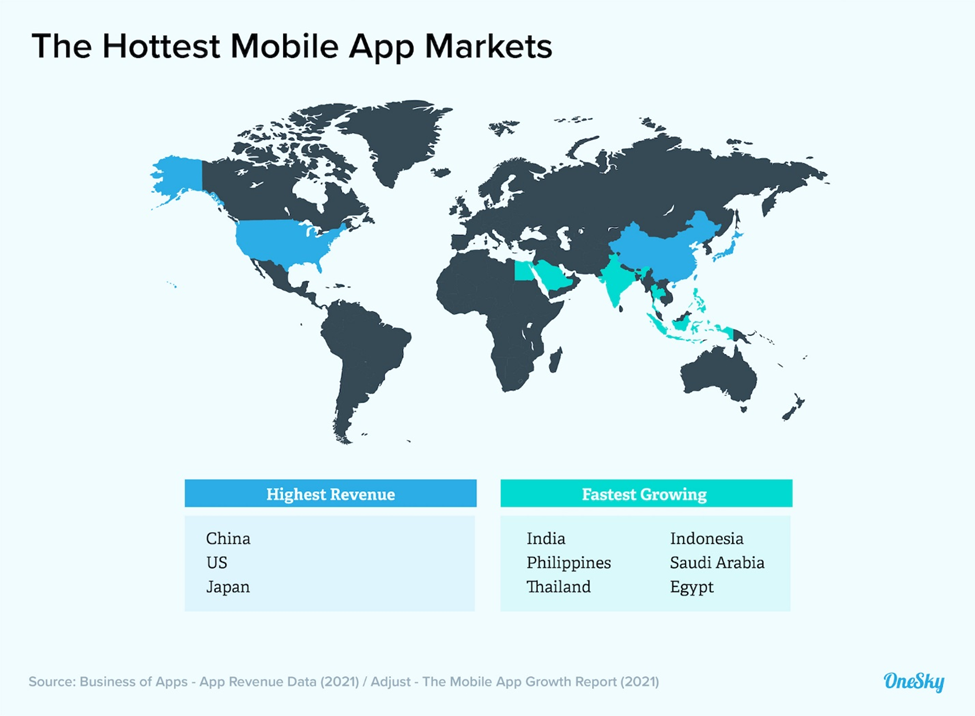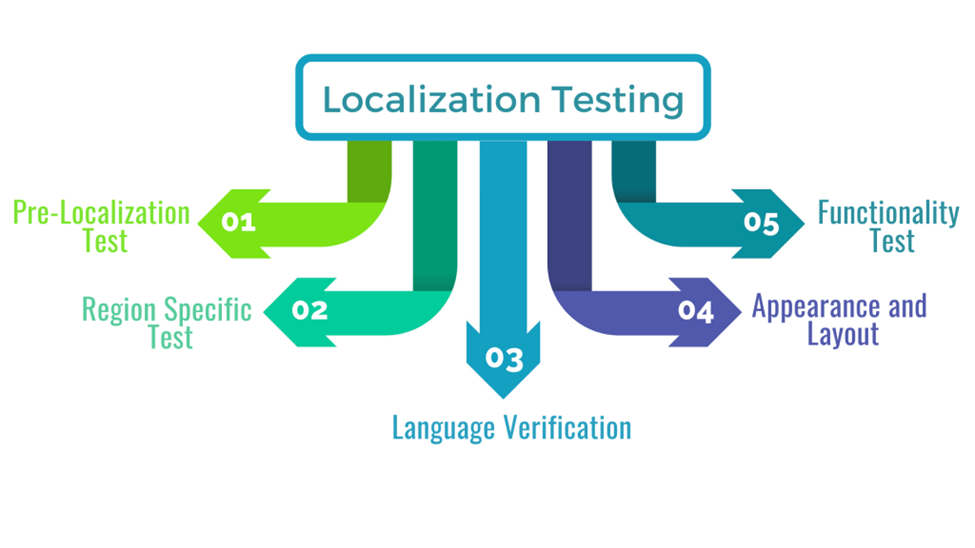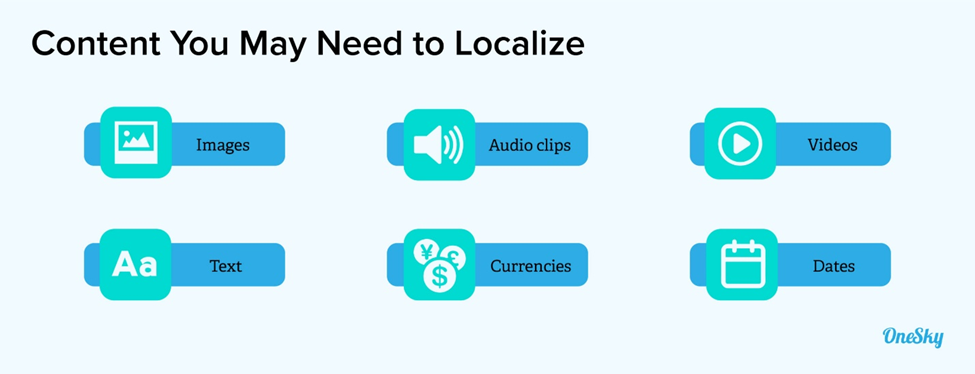
Duolingo, Amazon, or Netflix are not the only apps that offer content in your preferred regional language today. Most brands and enterprises understand the importance of providing their services in different regional languages to attract more customers and generate higher revenue.
This is known as mobile app localization, where the mobile app is localized to accommodate other regional languages based on the business’s target audience.
Consumers prefer purchasing from apps where information about the products is available in their native language. Today, 9 of 10 play store app downloads and 7 of 10 iOS app downloads are from non-native English markets.
It means that an app localized for different regional languages will have much higher downloads and success rates among consumers than against a competing app available only in English. This article concerns mobile application localization and what it entails for your business.
Understanding Mobile App Localization
Mobile app localization is a process in which you adapt your mobile app to suit different languages and cultures of the countries you wish to penetrate. It involves adjusting every aspect of your app to meet the preferences of your target audience.
While localizing an app, you do not just translate the text into the regional language. You will also have to adjust your images and videos accordingly, use local slang or informal language, change units, currency, date formats, and accommodate your app to meet the different technology standards.
iOS and Android have different localization criteria, as depicted in the image below.
9 Tips to Remember For Mobile App Localization
Before you begin working with a mobile app localization service provider, take note of the following points so that your team can carry out the process efficiently.
1. Focus on the most profitable region
To get started, pick out the languages most common among your target audience. It can either be any of the top five most spoken languages or one that is extremely common among your target audience.
Considering the app market size, you must prioritize localization for the countries that bring you the highest revenue. For example, China and Russia have huge populations, but if a large share of your income comes from another country, you should localize for that region and then focus on these two.

2. Conduct in-depth market research
Once you’ve identified and selected the main languages, it’s better to dig a bit deeper and get to know your target audience’s locale. You shouldn’t just translate for the sake of it. Instead, research the different statistics, analyze them, and then decide what you want to accommodate in your app localization.
Remember also to be considerate of the varying versions of the same language. For example, if you translate to Spanish, you must know whether it is pure Spanish or Latin American Spanish. The same goes for Chinese (pure Mandarin, Cantonese, Minnanyu, etc.), Portuguese, etc.
3. Find a reliable translator.
Although the internet is flooded with free translation tools like Google translate, or even freelancers who do it at cheap rates, these are not always reliable. When you put in extra effort, it is better to do the job with finesse. It means using 100% accurate translation software (usually paid) or hiring someone with native proficiency in the language you wish to translate your app to.
4. Review your source text
Before beginning the mobile app localization process, make sure your source language is exactly how you wish it to be. While at it, ensure that all other aspects of your app, be it text and image placement, the images and videos themselves, or any audio or links, are in the right place. It would be easier to make changes in English (or your app’s original language) than repeatedly hiring translators for the smallest discrepancies.
5. Use a secure web host
It is not uncommon for developers to look for web hosts that offer their services at cheap rates. While it works well in the initial stages, the chances of frequent crashes increase as your app’s popularity and usage grow.
This, in turn, will cost you customers and revenue. The better option is to look for a hosting provider to serve your intended audience. For example, if your targeted audience belongs to Germany, look for a web host with data centers based in Germany. If they are from Japan, your web host must have a significant presence in the country.
6. Understand your app’s structure
The sentence structure, tone, and word formation change from one language to another. Most apps are built just to accommodate English language users. But when it comes to localizing the same apps, developers often face problems.
A significant concern is sizing issues, i.e., when translated to German, Chinese, or Japanese, a word in English may be longer than the space intended for it. This may result in overlapping elements such as CTA buttons or text overruns. It is, therefore, wise to know beforehand which aspects of your app can be adjusted in case such problems arise.
7. Be mindful of cultural differences
When you opt for mobile application localization services, ensure that the service provider understands your customers’ culture and local customs or preferences. A particular symbol might have different interpretations in different regions, sometimes even causing an unfavorable user experience.
The same also applies to the use of slang words and informal speech. These cultural differences may sometimes limit your marketing campaigns, keeping your reach and user engagement low despite your best efforts. That’s why a product or even the entire brand’s name is changed according to the market it is meant to serve.
8. Test your app
Testing is the most crucial phase of mobile app localization. After beta testing the app with your team, you must also test the app with locals in their native language. Find volunteer testers for each region where you plan to localize the app and have them run through every feature and the minutest aspects to take care of any differences at the initial stage itself.
Localized testing will also help verify whether the app’s UI and functionality work in sync across different languages or does it still need improvements. The image below depicts what you must consider while texting your localized mobile app.

9. Pay special attention to images
When conducting mobile application localization, it’s not just the text you need to pay attention to. The images, audio, and video must also be localized for your chosen languages.
For image and video localizations, you can create a translatable text layer using a TMS (Translation Management System) that can integrate well with your existing design tools. You must design to enable flexibility in the images by ensuring that the original source files are easy to access.

A Quick Summary
There’s no doubt that mobile app localization comes with its benefits. That’s why most brands have been successful in even far-flung regional markets. But it is also essential to conduct thorough research on your target audience and resources before proceeding with app localization.
Even the slightest discrepancy can sometimes produce catastrophic results. Remember to always take help from a reliable and renowned app localization and translation service provider and adopt a strategic approach to make your efforts a success.

FAQs
Mobile application localization involves adapting your mobile app according to the different cultures, markets, and locales you wish to serve. It is an excellent tool for improving customer engagement as you expand your business globally.
Localization of an application is pertinent to its growth. It increases your reach when you launch your business in a new region and helps make it more appealing to the users, thus eliminating a vast chunk of your competition.
A typical mobile app localization process involves the following steps:
1. Submitting content for translation
2. Implementing the localization through proper coding
3. The app testing phase
4. Optimization of the app for new markets
5. Launching a localized app for the users
There are many benefits to mobile app localization, such as increasing your brand’s visibility and, thereby, the number of downloads, improved conversion rates, lower competition on local keyword rankings, and providing more trustworthiness for the brand.
App localization is a must nowadays for every app if a company wants to expand its business beyond regional borders. Localization helps ensure better downloads, more users, and ultimately high revenues when done properly.
Latest Blogs
Learn how to rank on AI search engines like ChatGPT, Perplexity, and Gemini by optimizing your content for authority, structure, and relevance. Stay ahead in AI-driven search with this strategic guide.
Explore the best healthcare SEO services for your medical practice. Improve online visibility and effectively reach more patients in need of your services.
Discover top social media agencies specializing in banking solutions, enhancing financial services and driving engagement.
Get your hands on the latest news!
Similar Posts

App and Website Translation
4 mins read
27 Tips For App Translation and Localization

App and Website Translation
5 mins read
7 Best Practices Of Translating Apps

App and Website Translation
4 mins read